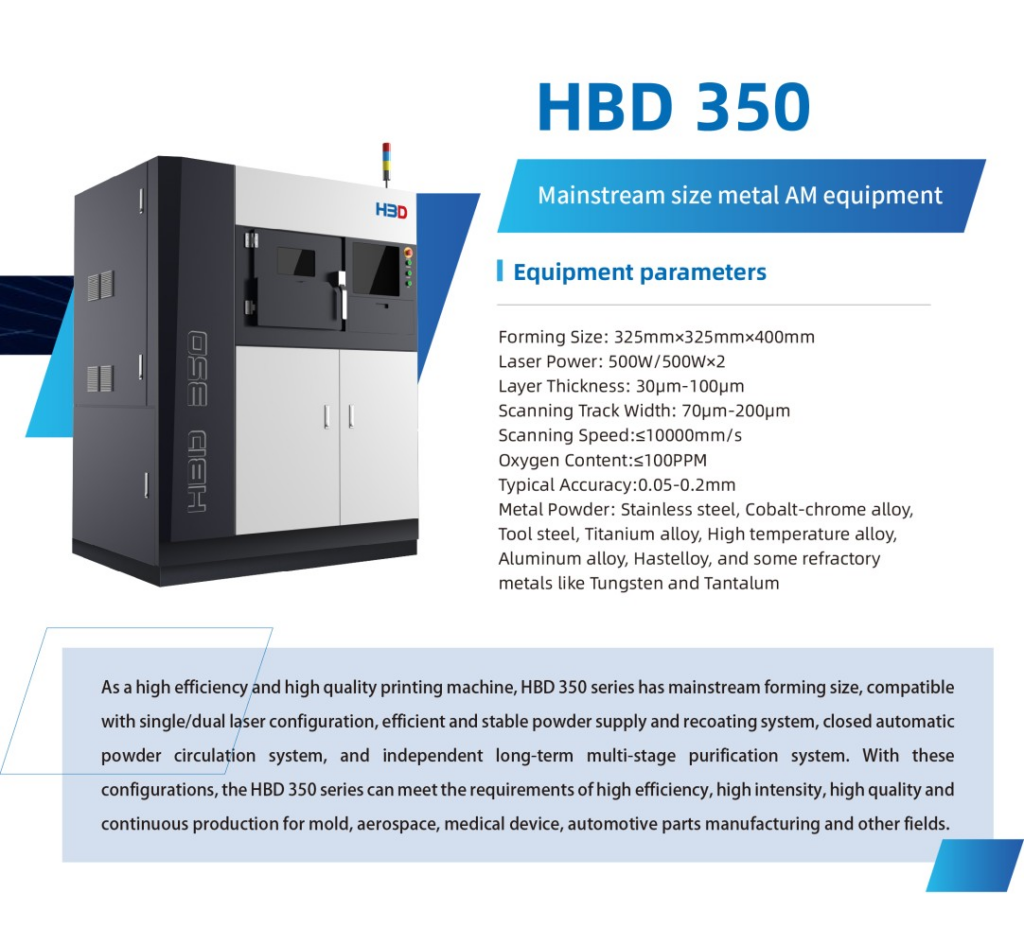Global demand for shoe mold manufacturing is growing rapidly – boosting 3D printing technology to be widely applied

In recent years, 3D printing technology has rapidly evolved and it has made its way into various industries, including the shoe mold manufacturing industry. More and more shoe mold manufacturing industries worldwide are adopting 3D printing technology to create highly customized and efficient production processes.
Footwear Market Demand Data

The footwear industry is one of the largest and fastest-growing industries in the world. According to Statista, the global footwear market was valued at approximately $343 billion in 2020 and is expected to reach approximately $508.2 billion by 2027. Shoe molds are the basic tool for producing shoes and play an important role in the shoe manufacturing process. As the demand for footwear continues to rise, so does the demand for shoe molds.
Adoption rate of 3D printing

According to a report by 3D Hubs, the global 3D printing market grew by 21% in 2020 over 2019 and is estimated to be worth $12.6 billion. As COVID-19 restricted the adoption of traditional manufacturing technologies, this helped accelerate the adoption of additive manufacturing throughout the last year, with 65% of engineering companies increasing their adoption of 3D printing compared to 2019. Looking ahead, the 3D printing market is set to more than double in size over the next five years, reaching an estimated value of $37.2 billion in 2026. This growth indicates the increasing adoption of 3D printing technology across industries, including shoe mold manufacturing.
3D printing technology application advantages
Conventional shoe molds are manufactured using a subtractive manufacturing process in which a block of metal is cut and shaped into the desired mold using a CNC machine. This process is time-consuming, expensive, and allows for limited design possibilities. Metal 3D rapid printing technology, on the other hand, enables shoe mold makers to produce molds with complex geometries, custom designs and improved accuracy. This technology works by adding metal powder layer by layer until the final mold is formed. There are several advantages to using 3D printing in shoe mold manufacturing compared to traditional methods.
Metal 3D rapid printing technology allows for the creation of molds with intricate details and shapes.
This was previously unattainable. This allows designers to create molds that are more comfortable and more aesthetically pleasing to the wearer.
3D printing has greatly reduced the time and cost of producing shoe molds.
Traditional manufacturing methods require the use of expensive machinery and skilled labor, which increases production costs. In contrast, 3D printing eliminates the need for specialized molds and reduces the time required for production, resulting in cost savings for manufacturers.
Metal 3D additive printing technology also improves precision and accuracy in the manufacturing process.
This is particularly important in shoe mold production, as even small deviations in size and shape can result in ill-fitting shoes.
Some well-known footwear manufacturers, such as Adidas, have successfully used 3D printing technology to produce shoe molds, and it is not difficult to predict that in the future, 3D printing will soon become a must-have production condition for the shoe mold manufacturing industry.
The application of HBD 350 metal AM equipment for shoe mold manufacturing

Here is a typical example of an application in the shoe mold industry: the application of aluminum EVA shoe molds. the HBD 350 metal AM machine is used to produce aluminum shoe molds with a printing accuracy of ±0.1 mm. The aluminum material used in the printing process is a better alternative to stainless steel because it has better thermal conductivity and is lighter in weight. By applying a multi-layer thick printed honeycomb weight reduction process to the shoe mold, production efficiency is improved while reducing costs. In addition, by 3d direct printing, subsequent processes such as occlusion and casting are reduced, resulting in faster delivery times.
The shoe mold sample description:

| Sample name | Aluminum EVA shoe mold |
| Sample industry | Shoe molding |
| Sample size | 251.65 * 238.2 * 70.98 |
| Printing material | Aluminium alloy |
| Printing device | 350 double laser |
| Print duration | 23h |
| Print accuracy | ±0.1mm |
| Sample weight | Original weight 3.2kg, reduced by cellulose to 1.6kg |
Metal 3D printing is changing the shoe moulding industry and a typical example of this is the application of aluminium EVA shoe molds. the HBD 350 Metal AM Equipment was used to produce aluminum shoe molds with a print accuracy of ±0.1mm. The aluminum material used in the printing process is a better alternative to stainless steel as it has better thermal conductivity and is lighter in weight. By applying a multi-layer thick printed honeycomb weight reduction process to the shoe molds, production efficiency is increased while costs are reduced. In addition, by 3d direct printing reduces subsequent processes such as occlusion and casting steps, which results in faster delivery times.
In conclusion, metal 3D additive printing technology has great potential in the shoe mold manufacturing industry. Its ability to produce intricately designed molds, improve accuracy, and reduce production time and costs makes it an attractive option for manufacturers. As technology continues to advance, we can expect to see more applications of 3D printing in the shoemaking process, bringing better design possibilities and better-fitting shoes to consumers.


